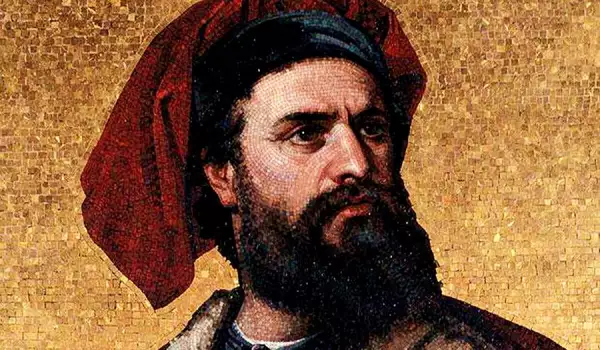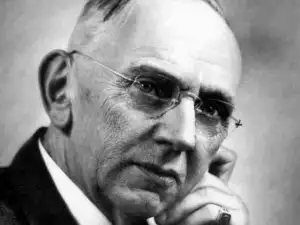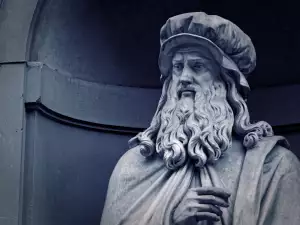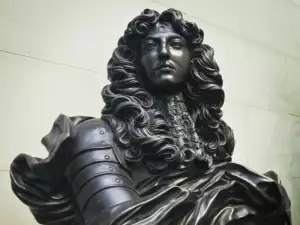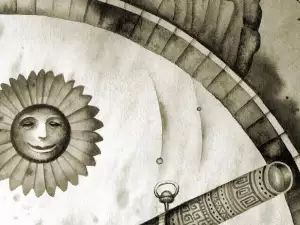Travelers and discoverers have always enjoyed the fame of adventurers, paving the way for mankind to new things. Their adventures ignite an interest in exploring and discovering the unknown places of the world.
Nowadays, almost everything has already been discovered and studied. Many people have covered their names with the glory of discoverers. Who is the first famous among them to whom we owe the awakening in people of an insatiable interest and curiosity about foreign cultures?
This is Marco Polo - a Venetian who traveled along the Silk Road and spent many years with the Mongol emperor Kublai Khan, who ruled China at the same time. After his return, he described his impressions in his book The Travels of Marco Polo. It is said that Christopher Columbus himself carried a copy of his book on his voyage to America.
No doubt the life of this man is curious, as is all that he relates in his reminiscences of distant lands. He was not the first traveler to travel to China, but he was the first to leave written accounts of his adventures. And although they are disputed by some researchers today, they have not taken away from the halo of the traveler Marco Polo.
Biographical Notes on Marco Polo
Marco Polo recorded his name as the first European to reach the mysterious China. Even this fact alone ranks him immediately in the ranks of prominent explorers and travelers.
Information about him is very scarce, but it cannot be otherwise, because he was born in the early Middle Ages. Believed to be a native of Venice. The estimated date of his birth is September 15, 1254. His father, Niccolo Polo, is a merchant and, together with his brother Matteo, trades in exotic goods from the East. For this purpose, he traveled far, reaching the Volga and Bukhara in his travels.
There is another legend according to which the homeland of the great traveler is the Balkan Peninsula. According to the claims, the Marco Polo surname dates back to the 13th century and is mentioned from Dalmatia. The traveler should be considered a Croatian because he was born on the island of Korcula, which belongs to the Balkan country.
There is also a third assumption, according to which Polo is Polish. It comes from a judgment made because of the title page of the first edition of his travelogues, where polo is written in a small letter, not as a surname, but as a nationality, that is, Marko, the Polish.
Almost nothing is known about his childhood years before he turned 15. He most likely spent this time in Venice. During this time his mother died and the boy was raised by his aunt and uncle.
In 1269, Marco's father Niccolò and his uncle Matteo returned to Venice from a trip to Asia, bearing expensive gifts, and that's when they saw young Marco for the first time.
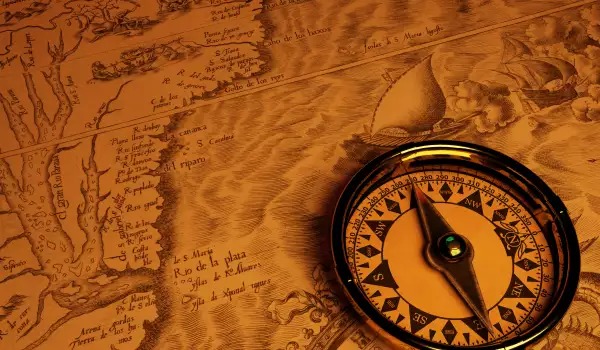
Two years later, under the rule of Doge Lorenzo Tiepolo, they set out again for Asia, this time with the young Marco. They returned to Venice in 1295 after 24 years of absence, during which they traveled 24 thousand kilometers.
On their return it becomes clear that the Republic of Venice is at war with Genoa. The galley with which Marco decides to go on another voyage is captured by the Genoese and he is imprisoned. There he met Rustichello da Pisa, an author of chivalric novels and a publisher who was also imprisoned in Genoa after being captured at the Battle of Curzola. On it Marco Polo dictated his memories. They were recorded in 1298. The book became very famous and wanted already in the 14th century.
After the publication of the book, in the following year 1299, Marco Polo was released from prison. He returns to Venice and continues to engage in his commercial activities. He died on January 8, 1324 in his hometown.
The Voyage of Marco Polo
Marco Polo himself called himself the smart and noble citizen of Venice. He travels to unknown places around the world with his uncle and father.
When he left, Marco was 17 years old. When he returned, he was a 40-year-old man. He spent 24 whole years in distant lands. Returning, he described his admiration for the untold riches he saw, and thus made up the word million. It became the title of his book.
In Italian, a mile is a thousand, and one is a superlative degree. That is why he was also called Señor Million during his lifetime. The term gradually came into use and we still use it today.
The Polo travelers set out in 1271 from Acre and after long journeys reached China in 1275. They travel 7, 800 kilometers on commercial roads.
The ruler Kublai Khan - Mongolian emperor, who ruled China at that time, greeted them warmly. He has a particularly strong liking for Marco and assigns him various important missions. He also appoints him to a high position, he is one of the many foreign administrators of the Mongol Empire. His work took him to many places in China where he got to know Asian culture. He also learns Chinese, Mongolian and Turkic languages.
The books, in which Marco Polo describes his adventures
In 1292, the Venetians were tasked with escorting two princesses who were to be married in Persia. After completing the task, the three Venetians return home as they are already homesick.
The adventures experienced by Marco Polo are described in his book consisting of 4 volumes.
The first describes the lands of the Middle East and Central Asia, which the traveler crosses on his way to China.
The second volume describes the life in the court of Kublai Khan - grandson of Genghis Khan, whom he met in 1275.
The third volume is devoted to Japan, India, Sri Lanka, East Africa, and Southeast Asia, which Marco Polo visited while with Kublai Khan.
The fourth volume is devoted to the wars of the Mongols in the northern regions of Asia.
The book was translated into many languages even before the death of its author. However, the original manuscript has been lost. The many transcripts change some parts of the stories quite a bit. The oldest transcript is in Old French with Italian influence.
Are Marco Polo's travels real?
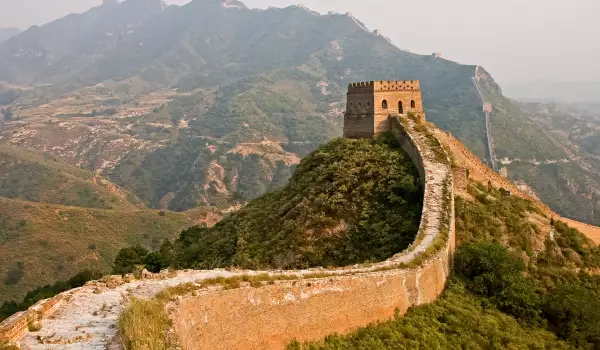
The history of Marco Polo greatly moved the minds of his contemporaries, and also of descendants, who were inspired by the stories of the wonders he described. This is a time when people have nowhere to learn about life in distant lands except from the accounts of travelers like Marco Polo and they are the only source of information.
Nowadays, comparisons can be made with his stories and other historical summaries and assess the percentage of truth in what was told. So far, there is no other confirmation about Marco Polo's travels other than what he himself tells in his book. Modern researchers tend to accept the accounts in the book more as fiction than as a reflection of real events.
It is interesting to think about the reasons for such claims of the researchers. They point out several important facts.
The archives of the city of Yangzhou, where, according to the book, Marco Polo held an important administrative post, do not mention him anywhere. This is atypical as Chinese chronicles are very meticulous and diligently note down every fact and person.
According to accounts, Marco Polo ended the siege of Tien Giang, but Chinese records say otherwise. According to them, the Persians did this. Marco Polo could not have even witnessed the siege itself, as it had ended two years before he arrived in China.
It seems very strange to the researchers that Marco Polo tells quite a lot about the life and lifestyle in China, but leaves out such details as the chopsticks with which they eat in China; the tea drink; as well as the Great Wall of China. These are sights that cannot help but amaze a European like Marco Polo.
In any case, Marco Polo gained eternal fame as an explorer of the world with his book, which he himself first titled Description of the World.
His grave is not known today, as it was lost at the end of the 15th century when they rebuilt the church of Saint Lawrence, where he was buried.
